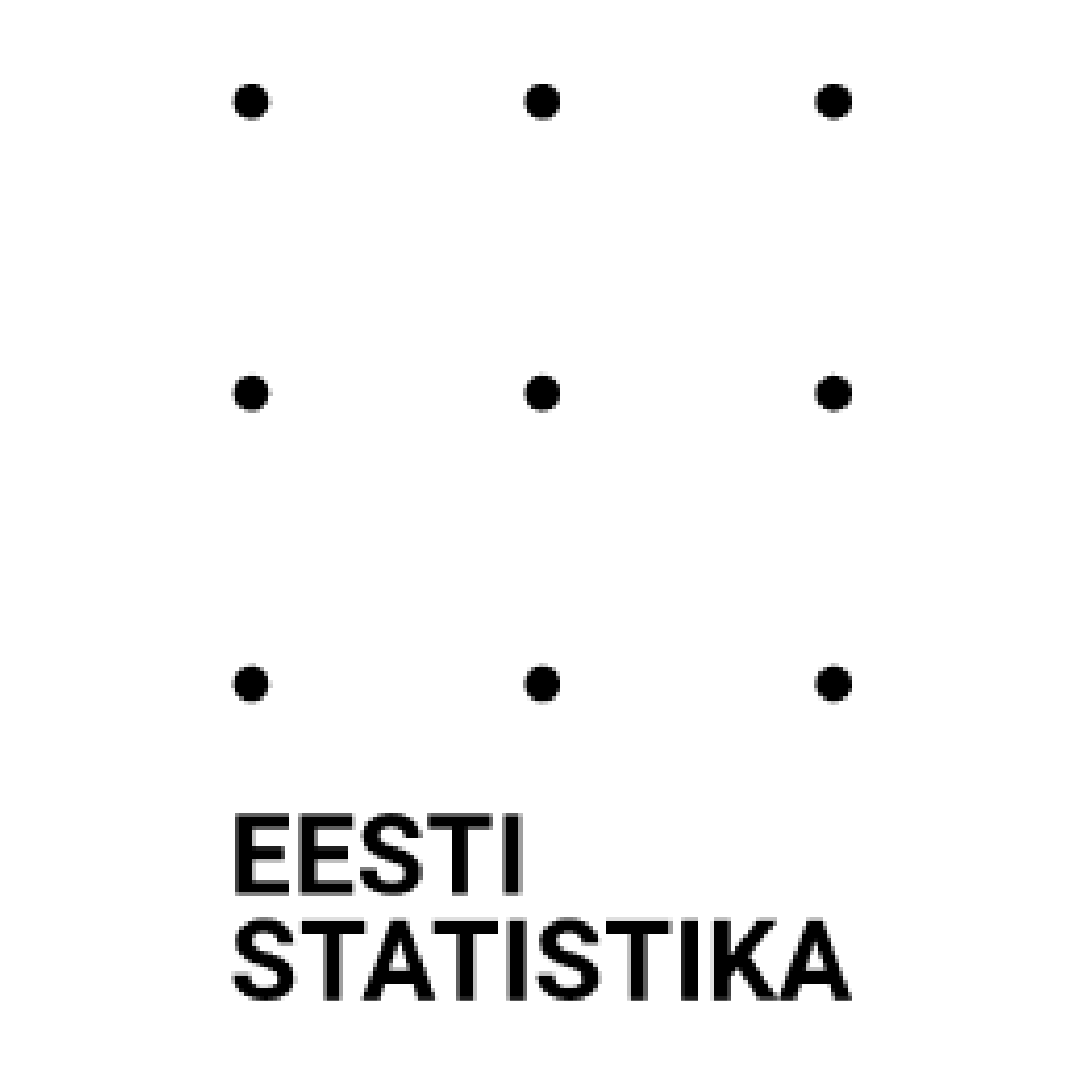MPD is a powerful addition to the census
Undertaking a census tends to be a costly and time-consuming process. With censuses taking place every five or ten years, it also means that the results lose relevance fast. Mobile positioning data (MPD) can be a powerful addition to the census to ease these and other concerns.
MPD can provide additional valuable indicators to measure and report for the census. These include the daytime population (where people are located during work hours), commuting information, seasonal residents (such as people in cottages) and more. Because censuses are so infrequent, MPD can also be used to create population projections in intercensal periods. Using MPD, population trends can be updated monthly or even more frequently.
MPD can also help with census preparation by providing sampling frames. This is valuable when reliable ground-level information does not exist or it is out-of-date. It is also useful when the population data needs validation or when physical canvassing in specific regions is difficult due to factors such as a pandemic or conflict.
Examples of ways MPD can be used for the census:
Validating the traditional census results
Providing more accurate survey frames based on where people are actually living - makes conducting the census easier and more efficient
Providing frequent population projection updates between traditional census periods.
Linking MPD to census or registry data (e.g. existing home addresses, migration data) for more accurate results
Adding new MPD-based indicators to the census (such as secondary homes, daytime population)
Using Mobile Positioning for Improving the Quality of Register Data
It can be common for the official registered address and the address where a person actually spends the most time to not match. For this reason, Statistics Estonia used MPD to improve the quality of registry-based home locations. This was done in preparation for the Estonian census.

.png)